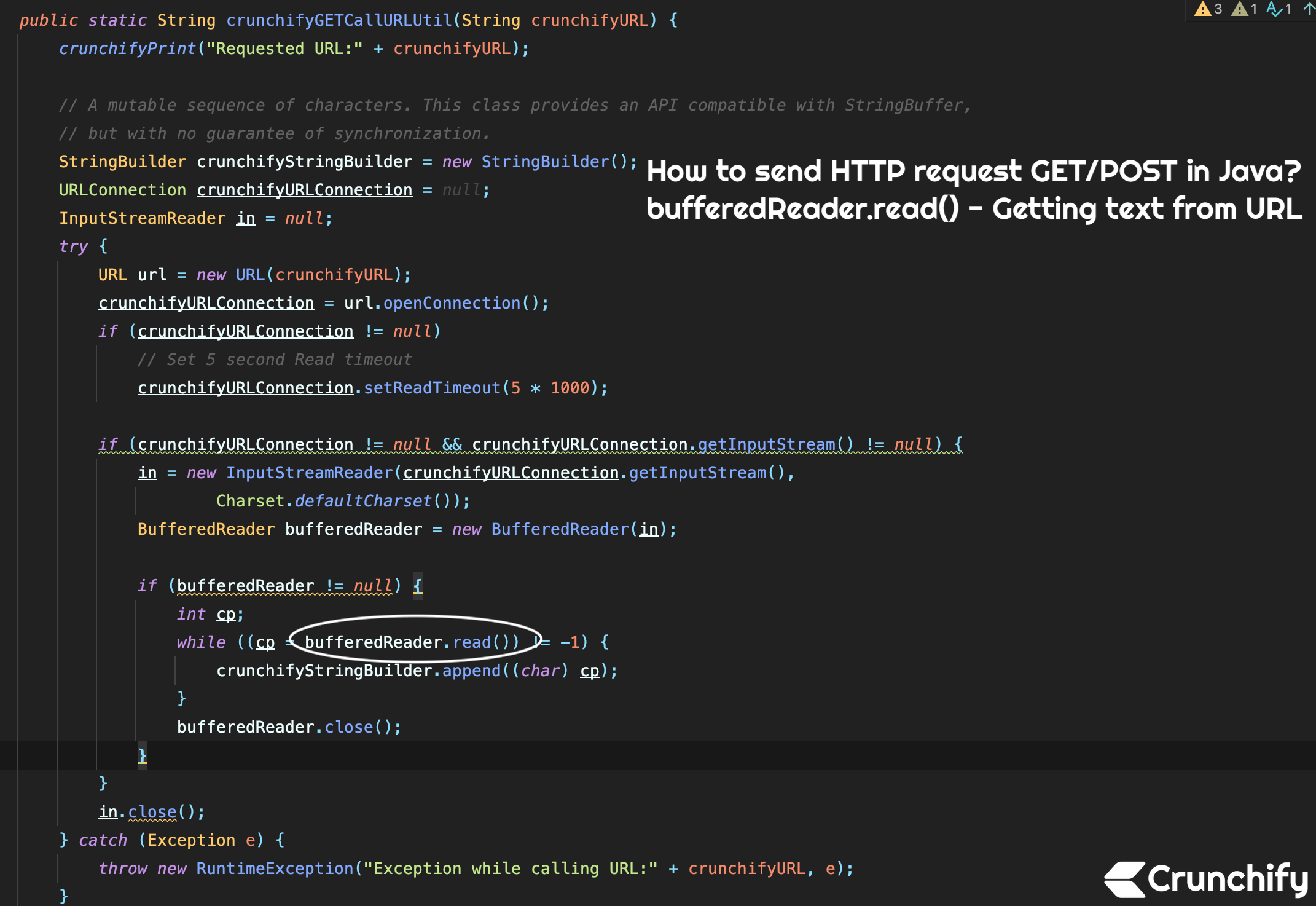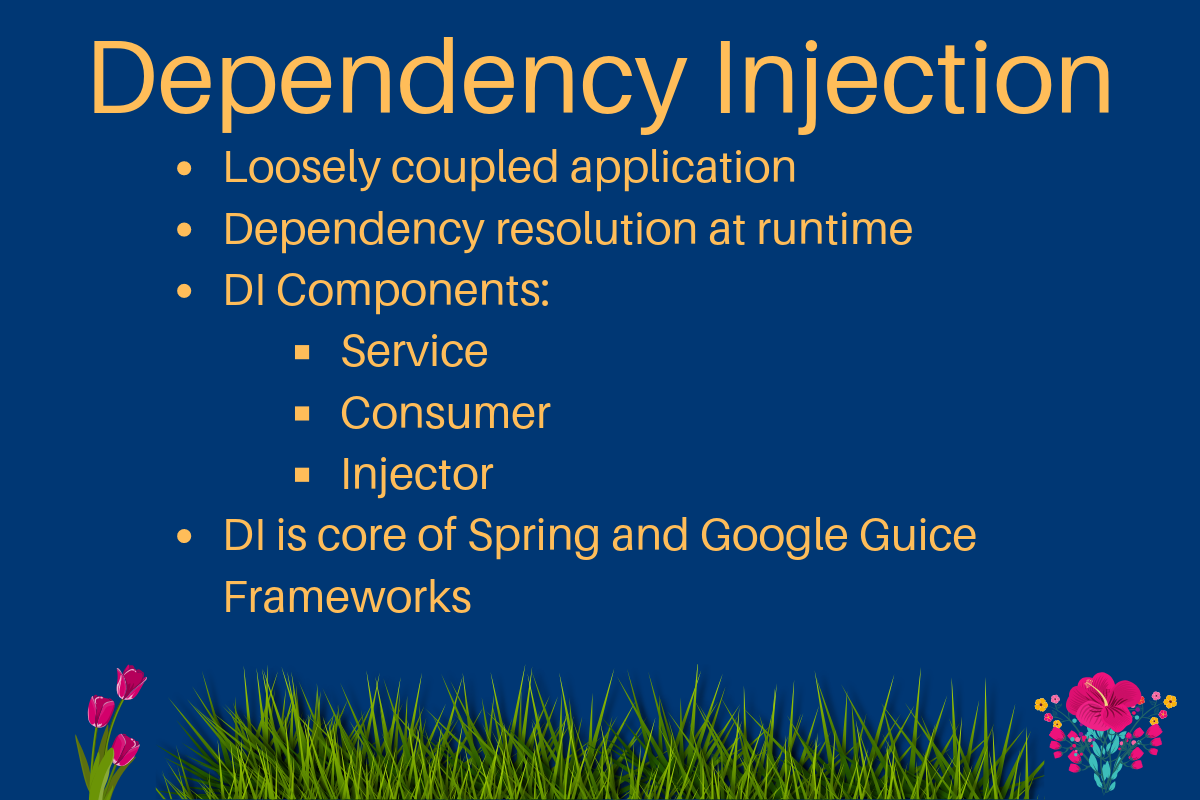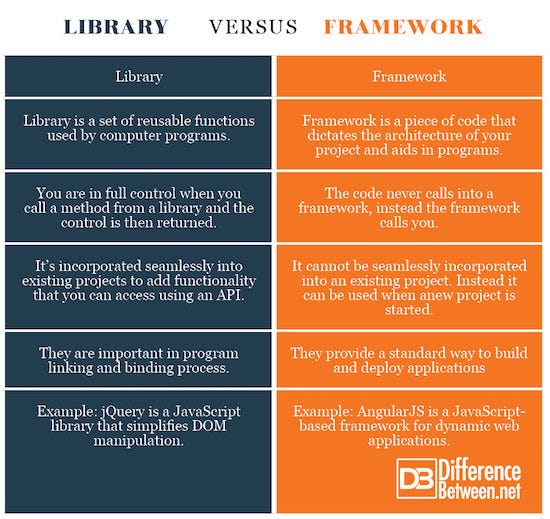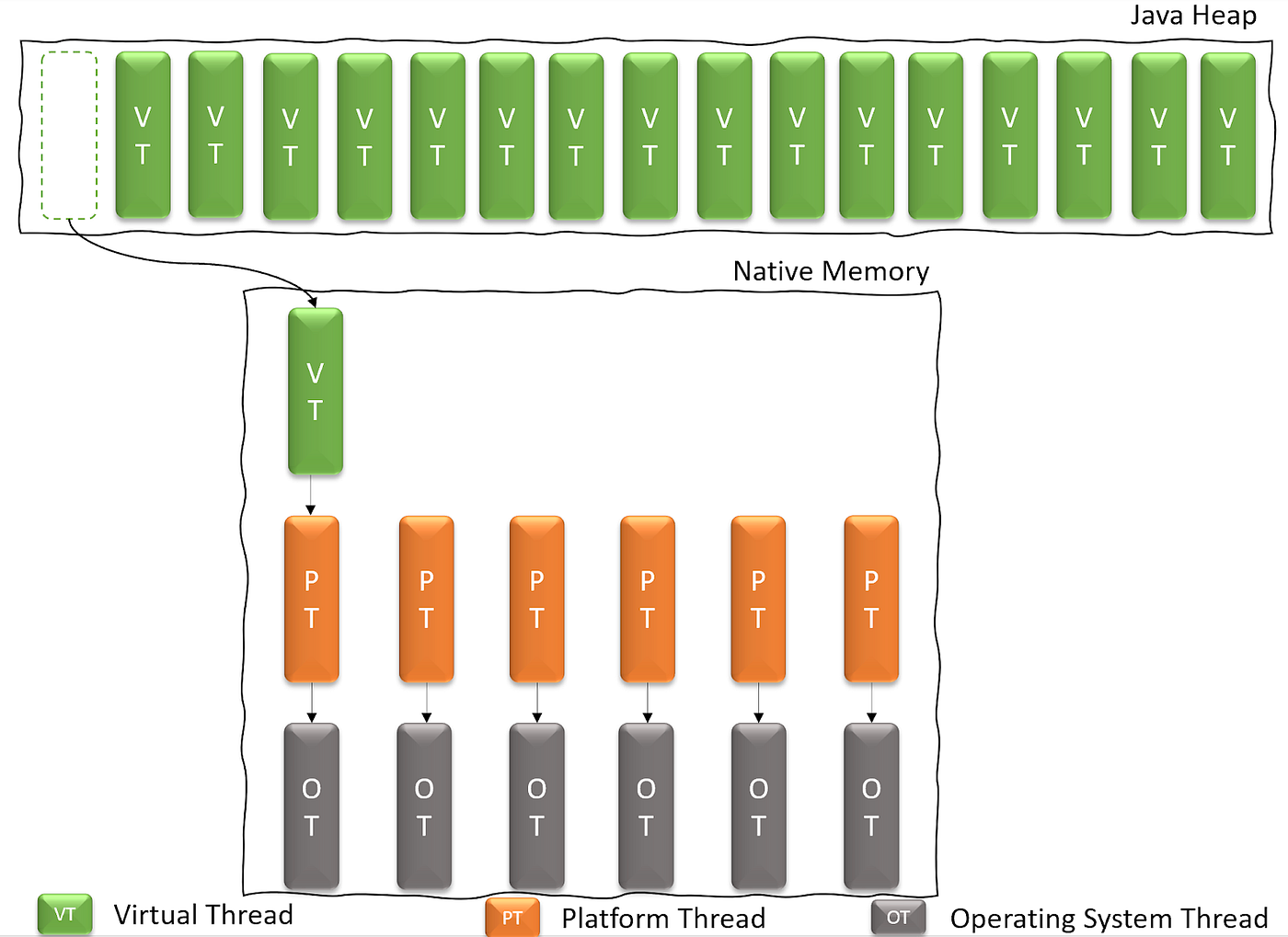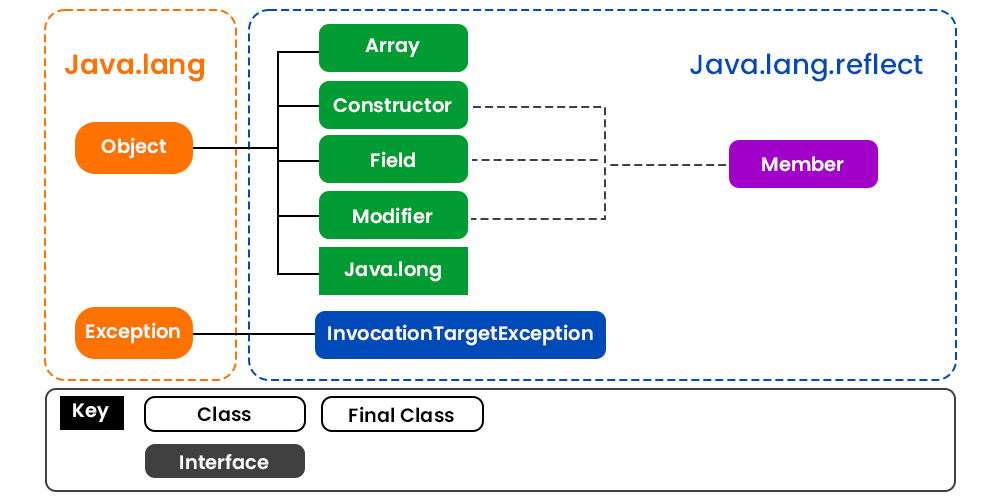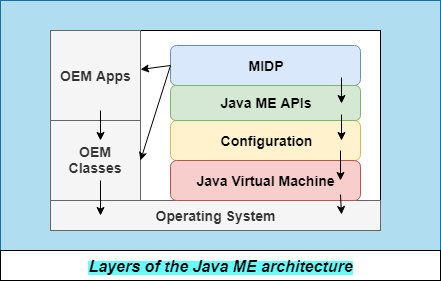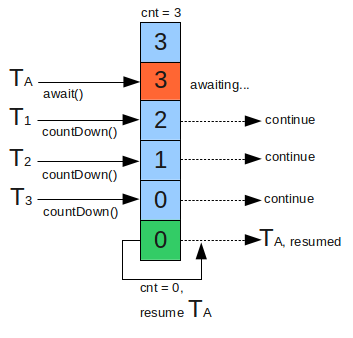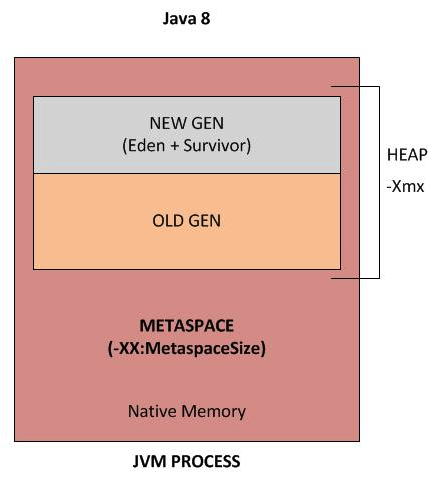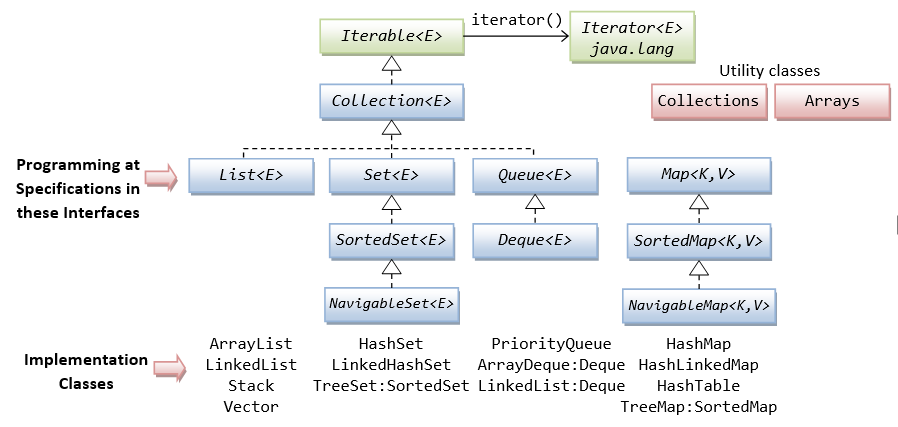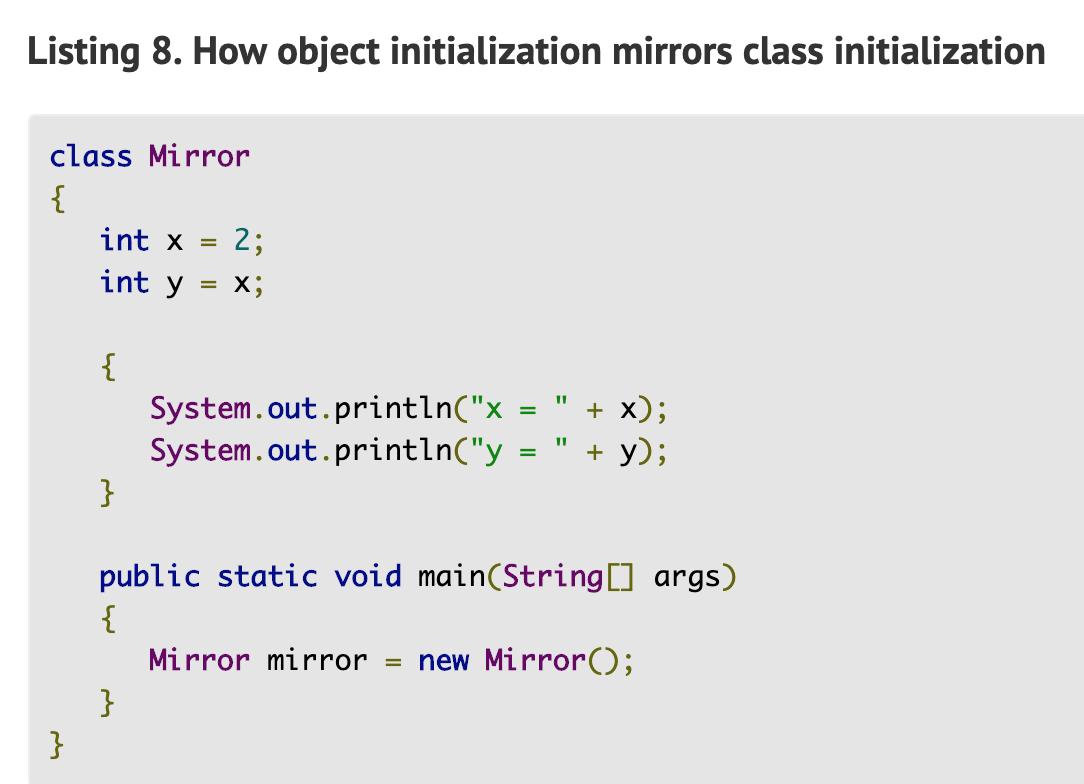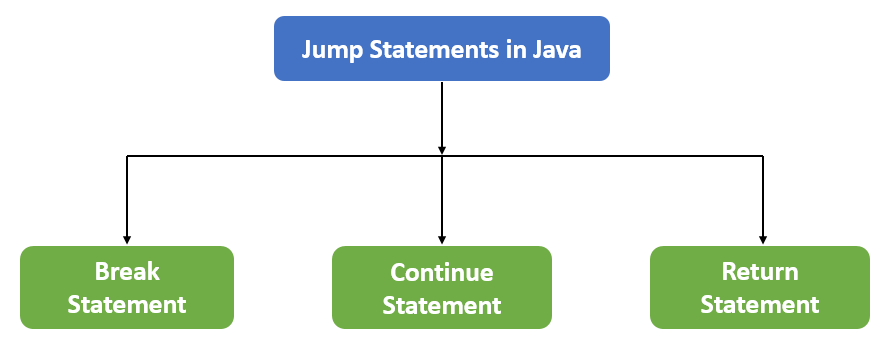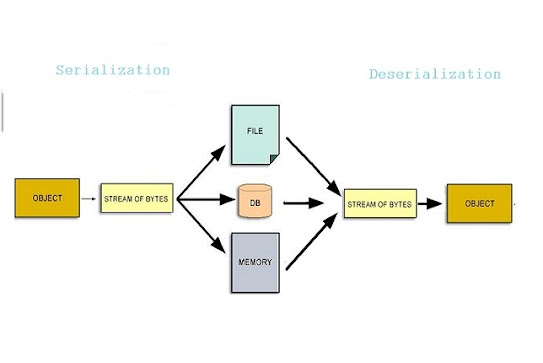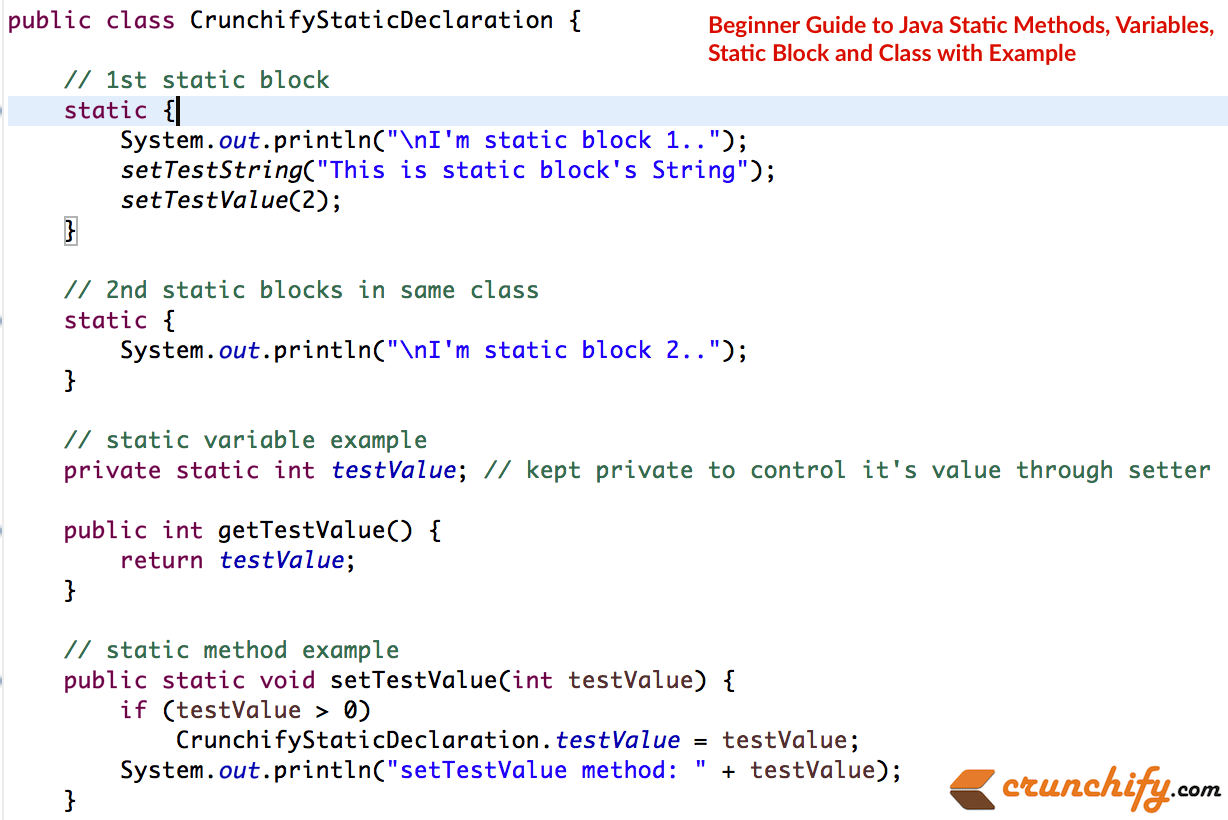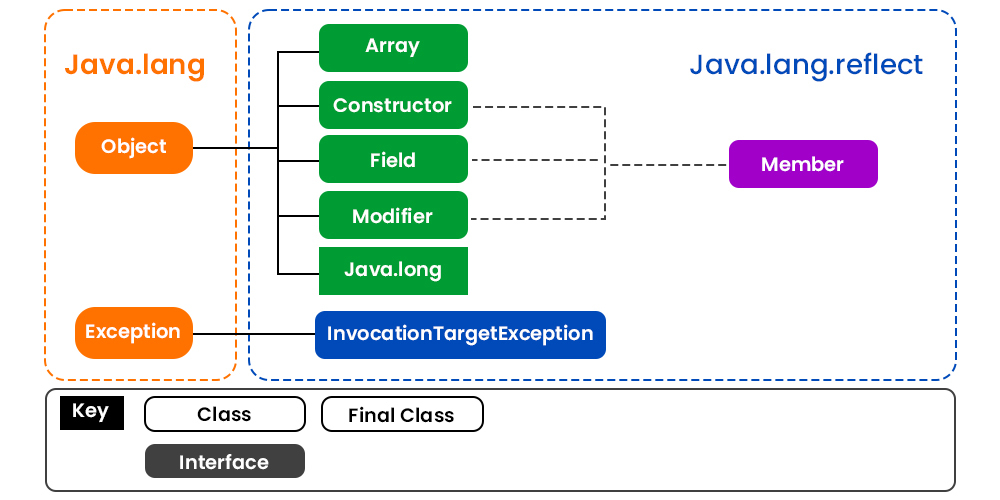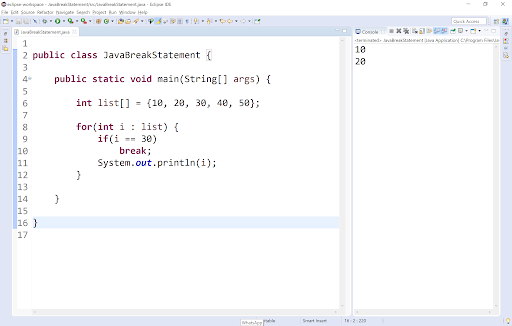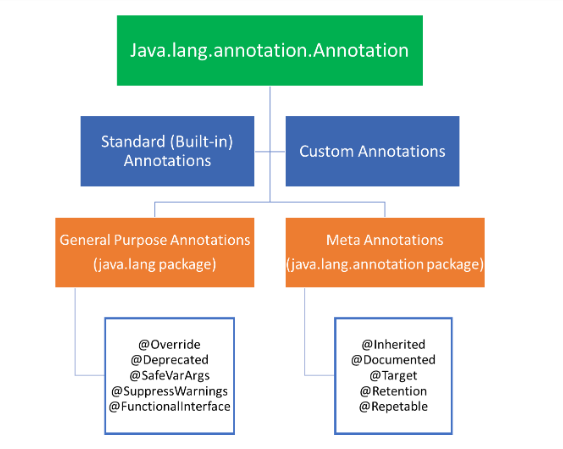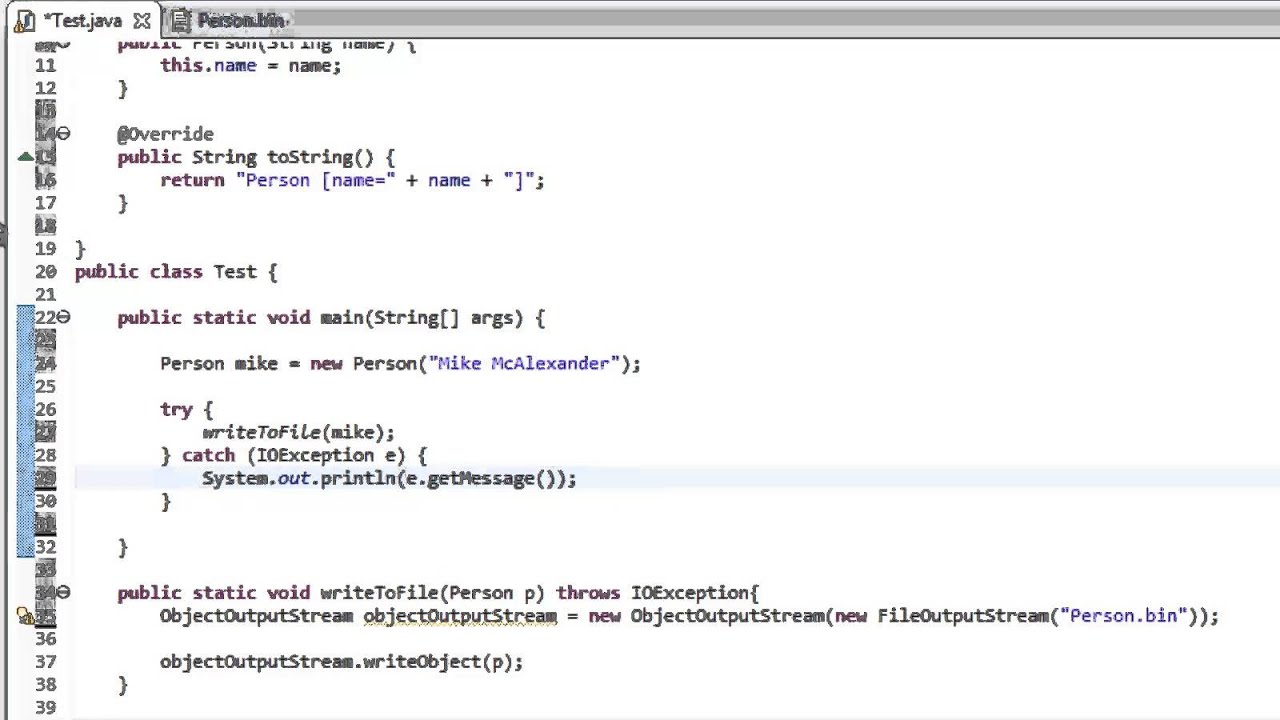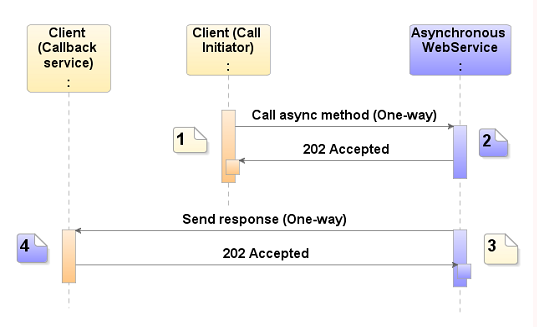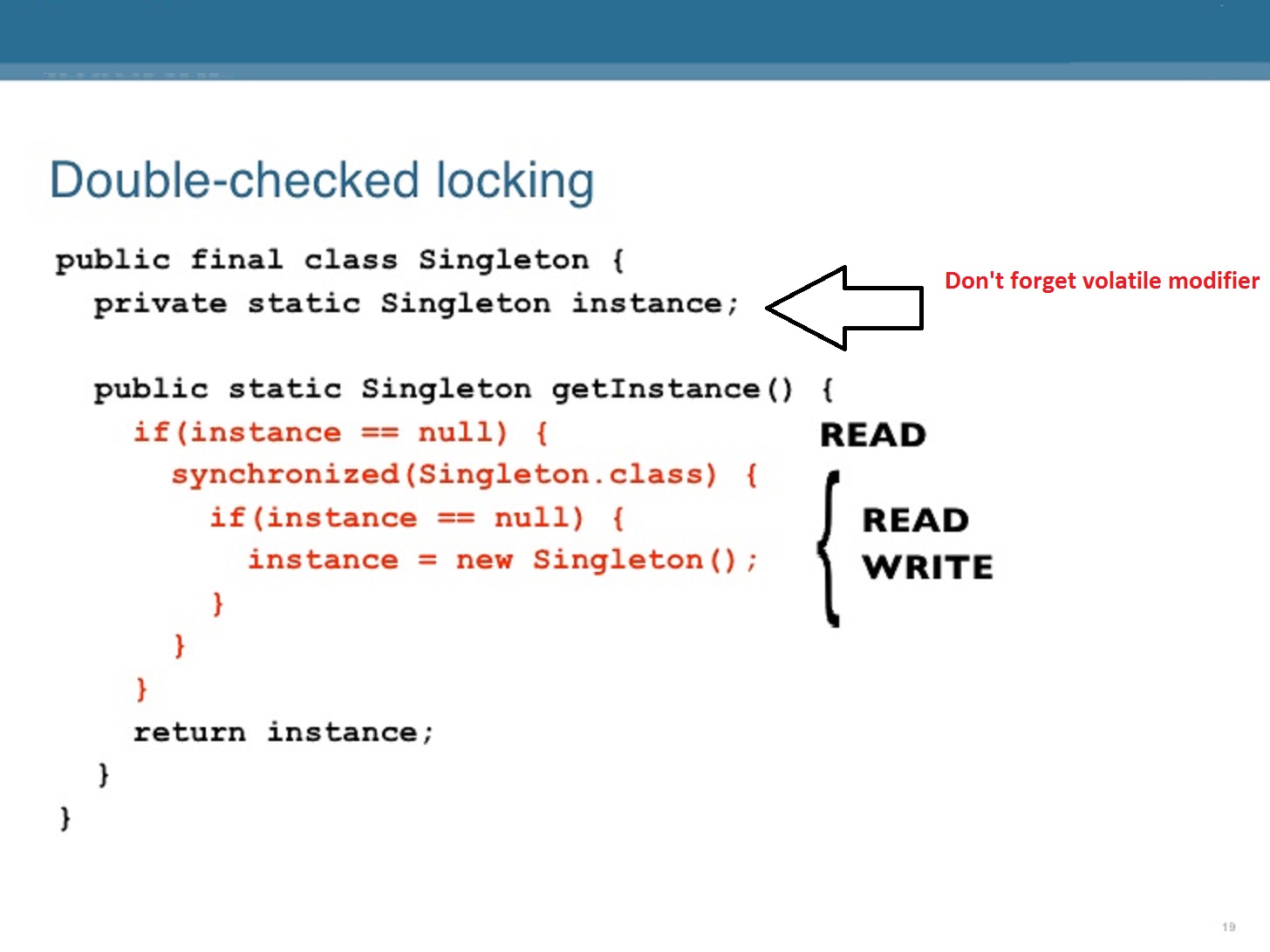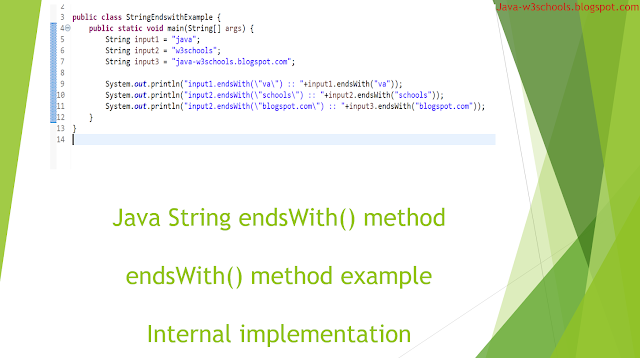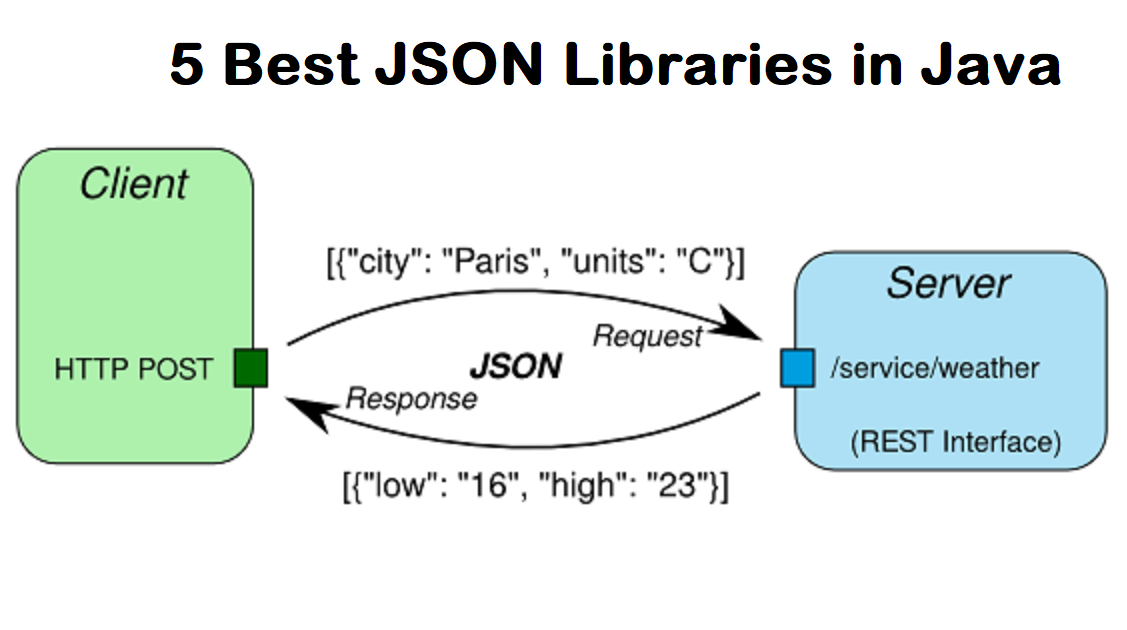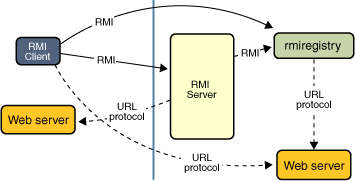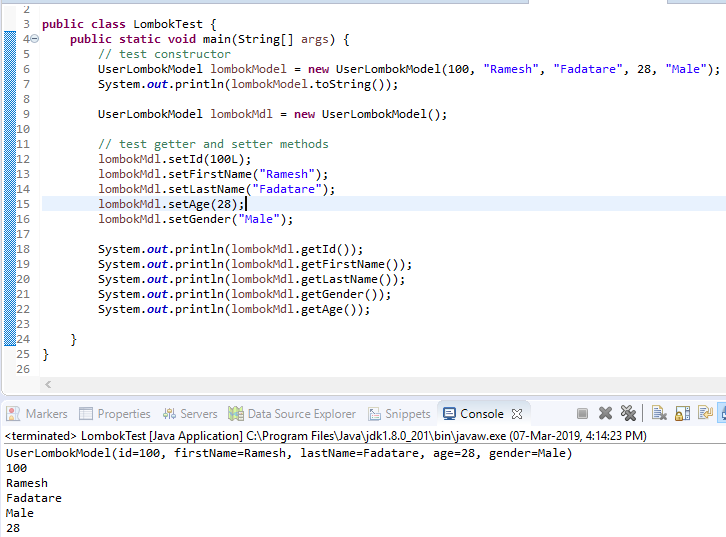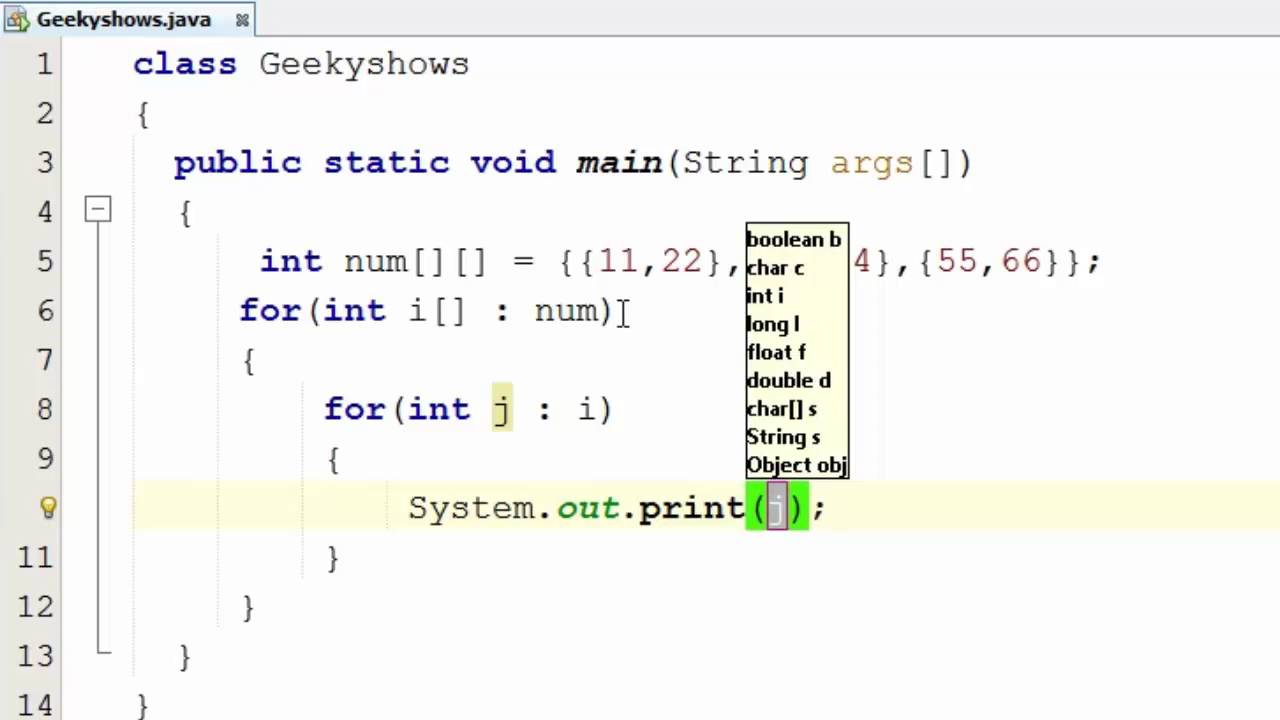How to do decryption in Java?
How to do decryption in Java?
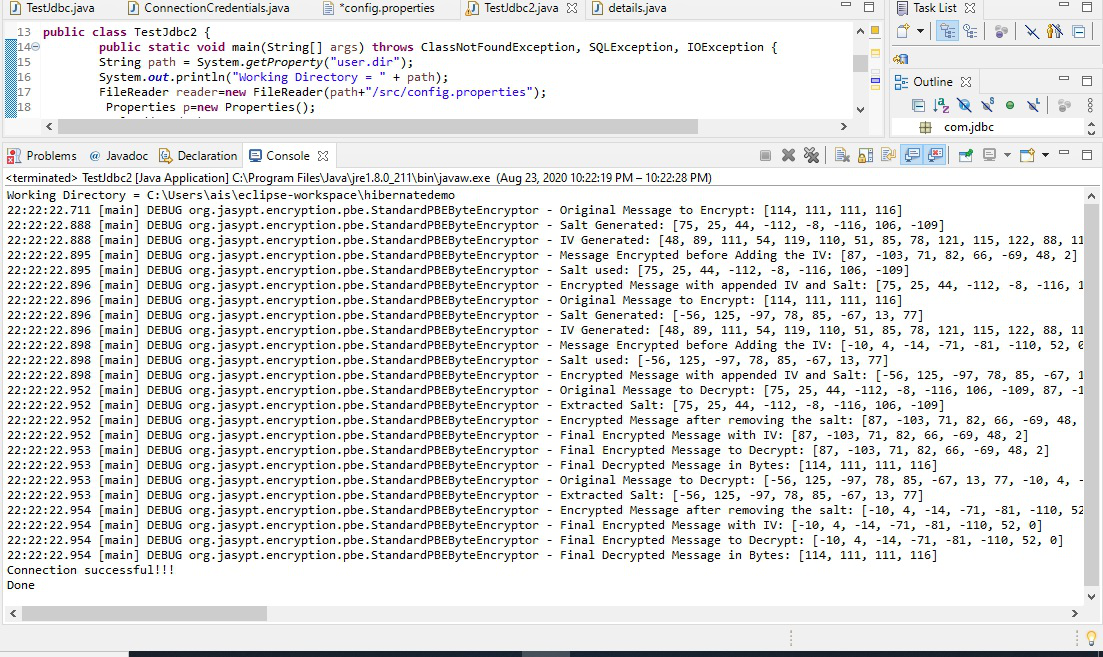
I'd be happy to help!
Decryption is the process of converting an encrypted message back into its original form, making it readable again. In Java, you can implement a decryption algorithm using various approaches. Here's a general outline of how to do decryption in Java:
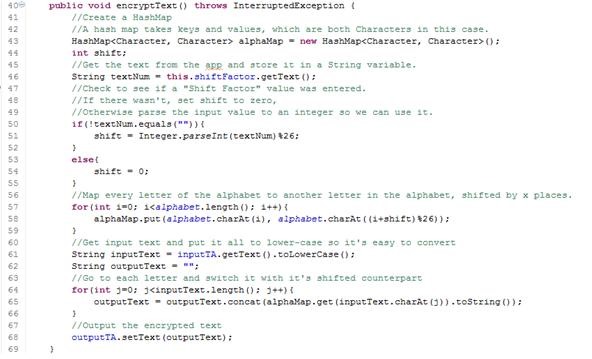
Understanding Encryption
Before diving into decryption, it's essential to understand the basics of encryption. Encryption is the process of converting plaintext (readable data) into ciphertext (unreadable data). The most common encryption algorithms are symmetric and asymmetric.
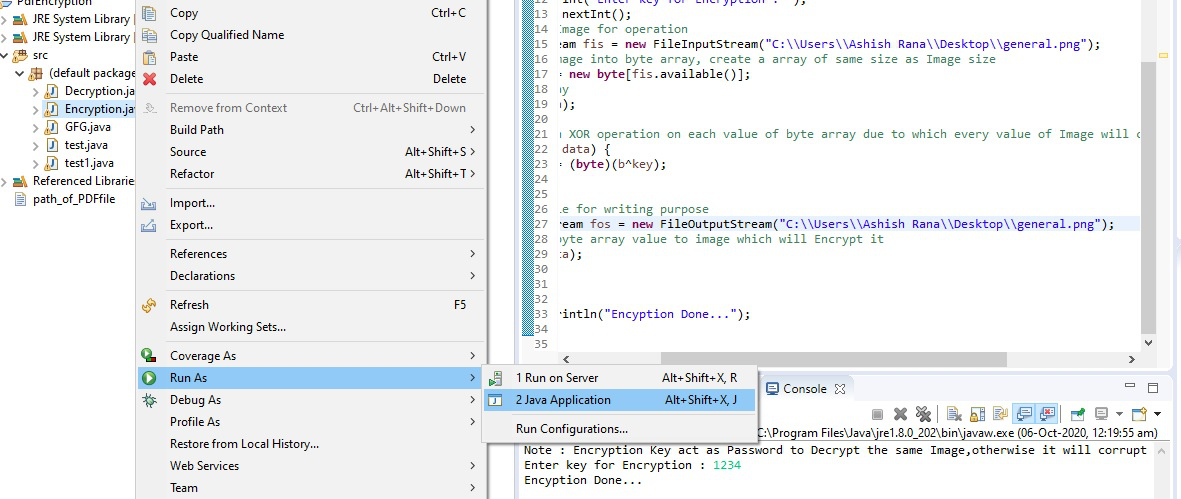
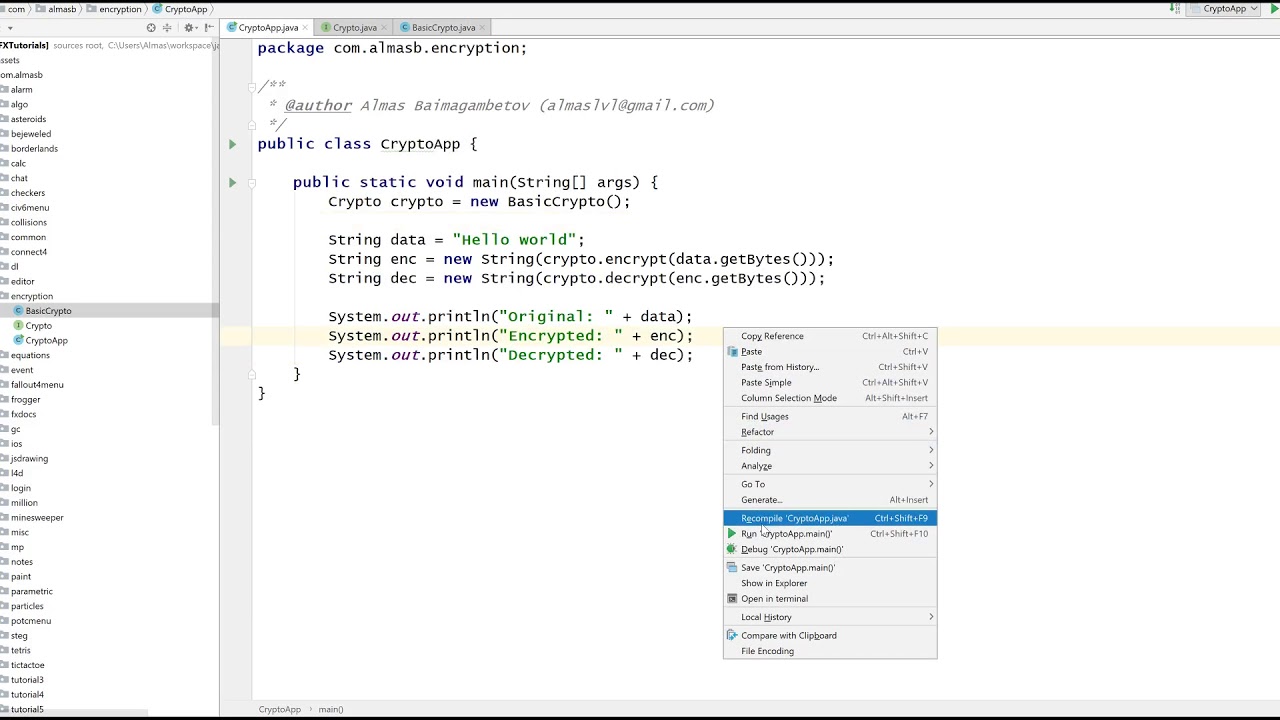
Implementing Decryption in Java
To implement decryption in Java, you'll need to:
Choose an Encryption Algorithm: Select the algorithm you want to use for encryption and decryption. For example, you can use thejavax.crypto package, which provides support for various symmetric encryption algorithms like AES. Generate Keys: Depending on your chosen algorithm, you may need to generate keys or obtain them from a trusted authority (e.g., a certificate authority). Encrypt Data: Use the selected algorithm and keys to encrypt your plaintext data into ciphertext.
Now, let's look at a simple example of AES decryption in Java:
import javax.crypto.Cipher;import javax.crypto.spec.SecretKeySpec;
import java.security.Key;
public class DecryptExample {
public static void main(String[] args) throws Exception {
// Generate a secret key (e.g., 128-bit AES)
Key key = new SecretKeySpec(new byte[16], "AES").getEncoded();
// Encrypt some data
String originalText = "Hello, World!";
byte[] encryptedBytes = encrypt(originalText, key);
// Decrypt the ciphertext
String decryptedText = decrypt(encryptedBytes, key);
System.out.println("Decrypted text: " + decryptedText);
}
public static byte[] encrypt(String text, Key key) throws Exception {
Cipher cipher = Cipher.getInstance("AES");
cipher.init(Cipher.ENCRYPT_MODE, key);
return cipher.doFinal(text.getBytes());
}
public static String decrypt(byte[] encryptedBytes, Key key) throws Exception {
Cipher cipher = Cipher.getInstance("AES");
cipher.init(Cipher.DECRYPT_MODE, key);
return new String(cipher.doFinal(encryptedBytes));
}
}
In this example:
We generate a secret key (e.g., 128-bit AES). We encrypt some text using theencrypt method. We decrypt the ciphertext using the decrypt method.
Conclusion
Decryption in Java involves choosing an encryption algorithm, generating keys or obtaining them from a trusted authority, and implementing the decryption process. The above example demonstrates a simple approach to AES decryption in Java using the javax.crypto package. Keep in mind that this is just one of many approaches, and you may need to adapt your implementation depending on your specific use case.
Remember: Don't forget to handle errors and exceptions properly in your code!
What is the best encryption and decryption in Java?
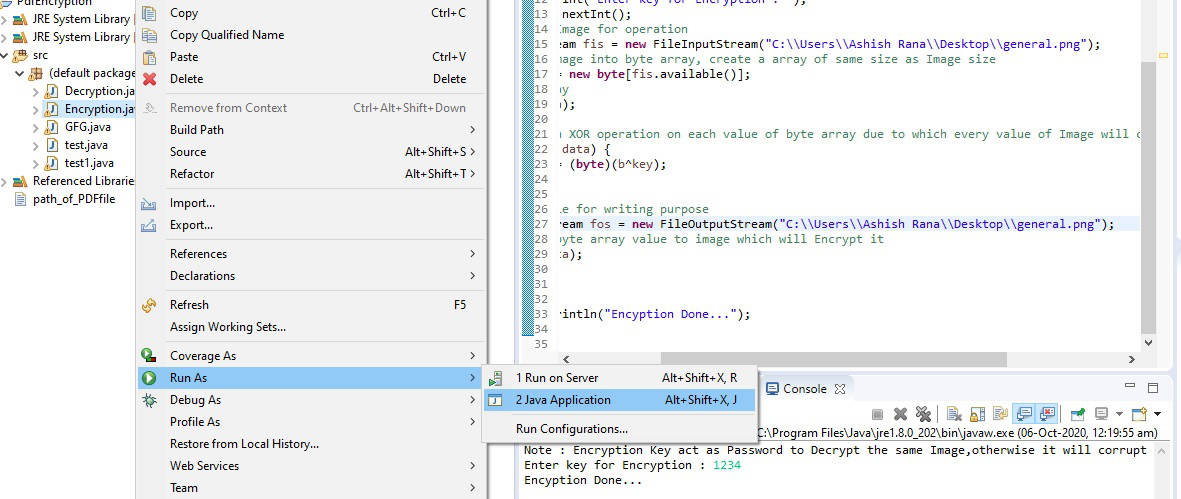
In Java, there are several encryption and decryption algorithms available for secure data transmission and storage. The choice of algorithm depends on the specific use case, security requirements, and performance considerations. Here's an overview of some popular ones:
Encryption Algorithms:
AES (Advanced Encryption Standard): AES is a widely used symmetric-key block cipher that provides strong encryption for sensitive data. In Java, you can use thejavax.crypto.Cipher class to encrypt data using AES with keys of 128, 192, or 256 bits.
Example:
RSA (Rivest-Shamir-Adleman): RSA is an asymmetric encryption algorithm suitable for key exchange and digital signatures. In Java, you can use theimport javax.crypto.Cipher;import javax.crypto.KeyGenerator;
import javax.crypto.SecretKey;
import java.security.SecureRandom;
// Generate a secret key
SecretKey secretKey = KeyGenerator.generateKey(128);
// Encrypt data using AES-128-CBC
Cipher cipher = Cipher.getInstance("AES/CBC/PKCS5Padding");
cipher.init(Cipher.ENCRYPT_MODE, secretKey);
byte[] encryptedData = cipher.doFinal(dataToEncrypt);
// Decrypt data using AES-128-CBC
cipher.init(Cipher.DECRYPT_MODE, secretKey);
byte[] decryptedData = cipher.doFinal(encryptedData);
javax.crypto.KeyPairGenerator class to generate RSA keys.
Example:
Blowfish: Blowfish is a symmetric encryption algorithm that provides decent security for sensitive data. In Java, you can use theimport javax.crypto.KeyAgreement;import javax.crypto.KeyPair;
import java.security.KeyPairGenerator;
// Generate a key pair using RSA-2048
KeyPairGenerator generator = KeyPairGenerator.getInstance("RSA");
generator.initialize(2048);
KeyPair keyPair = generator.generateKeyPair();
// Encrypt data using RSA-OAEP
Cipher cipher = Cipher.getInstance("RSA/OAEPWITHSHA1ANDMGF1PADDING");
cipher.init(Cipher.ENCRYPT_MODE, keyPair.getPublic());
byte[] encryptedData = cipher.doFinal(dataToEncrypt);
// Decrypt data using RSA-OAEP
cipher.init(Cipher.DECRYPT_MODE, keyPair.getPrivate());
byte[] decryptedData = cipher.doFinal(encryptedData);
javax.crypto.Cipher class to encrypt and decrypt data using Blowfish.
Example:
import javax.crypto.Cipher;import java.security.SecureRandom;
// Initialize a secure random number generator
SecureRandom secureRandom = SecureRandom.getInstance();
// Generate an encryption key
byte[] keyBytes = new byte[16]; // 128-bit key
secureRandom.nextBytes(keyBytes);
// Encrypt data using Blowfish-CBC
Cipher cipher = Cipher.getInstance("Blowfish/CBC/PKCS5Padding");
cipher.init(Cipher.ENCRYPT_MODE, new SecretKeySpec(keyBytes, "Blowfish"));
byte[] encryptedData = cipher.doFinal(dataToEncrypt);
// Decrypt data using Blowfish-CBC
cipher.init(Cipher.DECRYPT_MODE, new SecretKeySpec(keyBytes, "Blowfish"));
byte[] decryptedData = cipher.doFinal(encryptedData);
Decryption Algorithms:
AES (Advanced Encryption Standard): As mentioned earlier, AES is a widely used symmetric-key block cipher for encrypting and decrypting sensitive data. RSA (Rivest-Shamir-Adleman): RSA is an asymmetric encryption algorithm suitable for key exchange and digital signatures. Blowfish: Blowfish is a symmetric encryption algorithm that provides decent security for sensitive data.Best Practices:
Use secure random number generators: When generating keys or initialization vectors, use secure random number generators to avoid predictable patterns. Use adequate key sizes: Ensure the key size used for encryption and decryption meets your organization's security requirements. Implement proper padding schemes: Use secure padding schemes like PKCS5Padding (for AES) or OAEPWITHSHA1ANDMGF1PADDING (for RSA) to prevent attacks on block ciphers. Keep keys secret: Store encryption keys securely and never share them, as they can compromise the entire system.Remember to always follow best practices for secure coding, such as validating user input, using secure random number generators, and implementing proper error handling.

